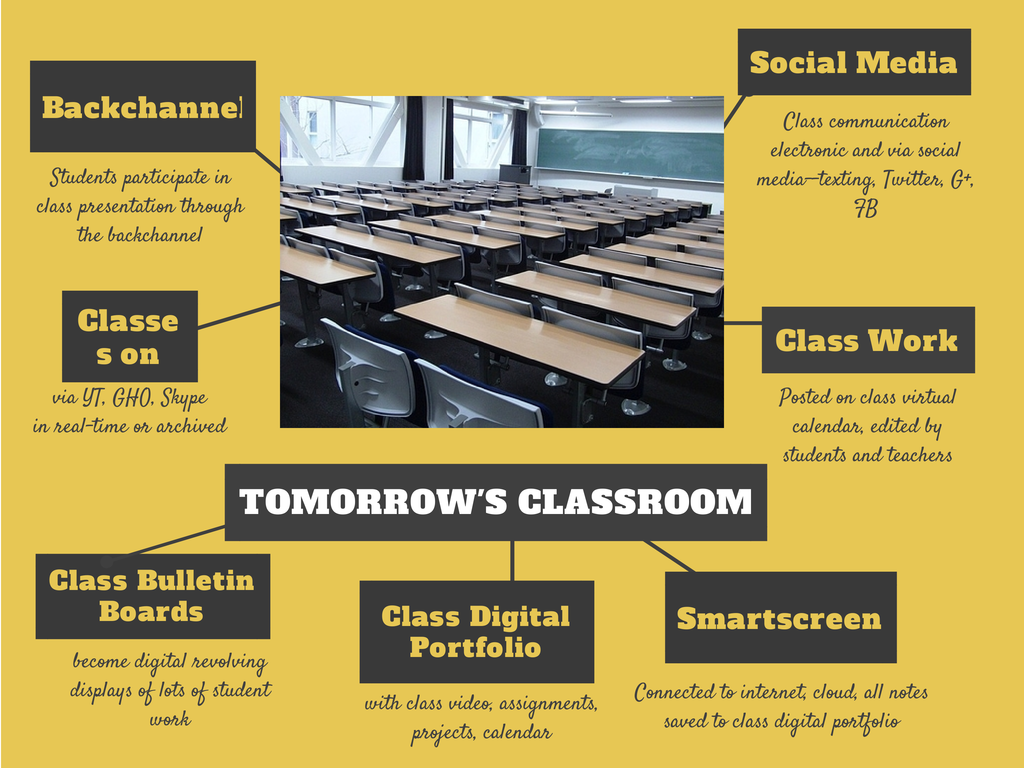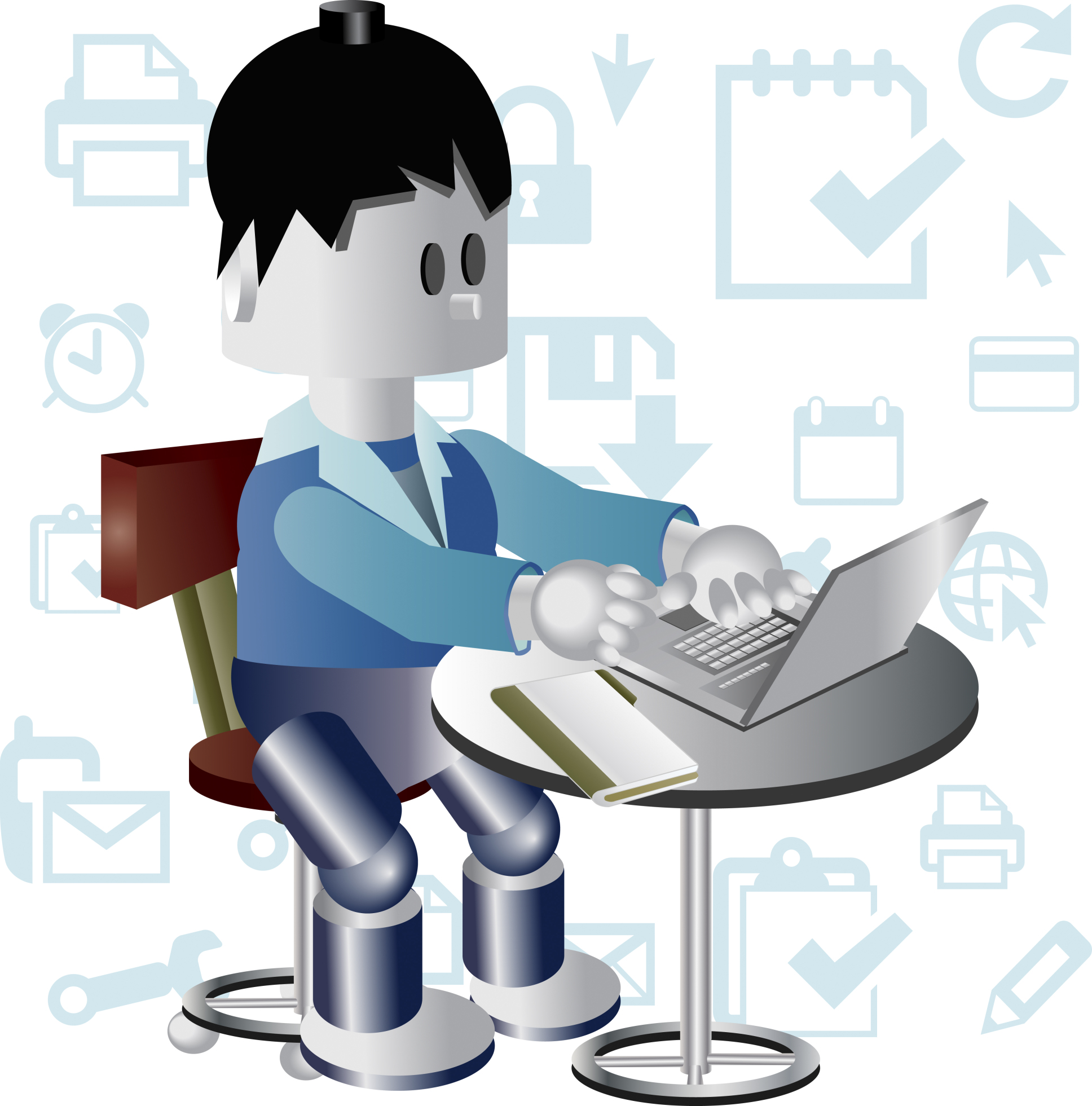 Play as the vehicle of education is not a revolutionary idea. Pedagogy has long recommended ‘play’ as a superior teacher for youngers–
Play as the vehicle of education is not a revolutionary idea. Pedagogy has long recommended ‘play’ as a superior teacher for youngers–
Play is the great synthesizing, integrating, and developing force in childhood and adolescence. –PsycINFO Database Record 2012 APA,
The play of children is not recreation; it means earnest work. Play is the purest intellectual production of the human being, in this stage … for the whole man is visible in them, in his finest capacities, in his innermost being.~ Friedrich Froebel
In general, research shows strong links between creative play and language, physical, cognitive, and social development. Play is a healthy, essential part of childhood. —Department of Education, Newfoundland Labrador
Young children learn the most important things not by being told but by constructing knowledge for themselves in interaction with the physical world and with other children – and the way they do this is by playing.” –Jones, E., & Reynolds, G. “The play’s the thing: Teachers’ roles in children’s play”..
Ask a Tech Teacher contributor, Nick Garvin, founder of StackUp, has these thoughts on why both learning and playing matter for teachers:
Remember playing when you were younger? If you weren’t in class or doing homework, you were likely playing. So what is “playing?”
As I remember, playing meant doing what I was interested in. Playing was taking my bicycle apart, putting Legos together, and learning as many facts about cars as I could. I knew every car’s 0-60 acceleration time and horsepower, by reading every car magazine and online blog. I used to walk around explaining how the aerodynamics on a Saleen S7 creates so much downforce that in theory, it could drive upside down in a tunnel. Then I tested the theory with my hot wheels; seemed to work. My passion for cars fueled innovative ideas – I remember gluing magnets to my hot wheels, with the opposing forces on the front and rear end of the cars to help them avoid accidents.
Unfortunately, all of this was “playing,” and never made it onto my report card, transcript, or resume. I was pretty boring on paper. I eventually learned how the system worked, I learned how to get good grades, and my focus turned more to “learning.”
I was in a classroom a few weeks ago, and I asked an off-task third grader what she was interested in, and she looked at me dumbfounded. She didn’t understand the question. I asked again, and she reluctantly said, “Bridges, I like bridges.” My jaw dropped. “Great! Let’s learn about bridges!” How come no one has asked her that before? Learning about bridges incorporates math, engineering, and architecture!
Why doesn’t informal learning count for anything when it is called “playing?” Why can’t we foster this blend of playing and learning? Should learning about bridges be kept only to “playing time?” Some of these questions would be answered if we were able to track and score the time spent in this hybrid learning/playing space.
In the 1950’s, the FICO credit score was created to capture and score credit risk so that banks could make better lending decisions. The transition from check/cash to credit cards unlocked this unique opportunity.
The transition from print to digitization and the World Wide Web has unlocked another unique opportunity: The ability to provide and quantify online learning whether it is formal or informal. Everyone with an internet connection has access now to the world’s biggest library — the web — and the ability to capture more learning than ever possible.
FICO scores help banks make better lending decisions. Similarly, but in a more positive way, measured and tracked online education would help universities and employers make better hiring or admission decisions, and see more than an individual’s formal education. The problem has been how to track, quantify and measure all that learning. How can we productively merge playtime and learning time?
An app I developed called Stackup captures all online reading. It is not fixing the entire problem, as learning is everywhere, but with several billions of hours spent each month on the biggest library in existence (the web), it is a pretty good start. With the help of others, we might be able to put this new wave of education into motion.
There are other apps that help capture or quantify informal learning, like:
- Mozilla Open Badges & Credly: Both are providing a platform for educators (of all kinds) to build and award learners (of all kinds) with a credential or badge to showcase their skills outside of formal education.
- APS Badge Initiative: Aurora Public School’s pioneered digital badging so students can showcase 21st century skills acquired not only in traditional academic settings, but also in their communities and job experiences.
The problem we are all trying to address is that informal learning – sometimes called “play” – doesn’t count for anything, and it should. These apps can help.
Bio: Nick Garvin is the founder of Stackup. Google has selected the Denver-based Stackup team as a high-growth potential startup. Stackup is also being considered for a Google Education Development partnership. Stackup is available free as a Chrome browser extension.
This article was first published on TeachThought. Reprinted with permission.
Jacqui Murray has been teaching K-18 technology for 30 years. She is the editor/author of over a hundred tech ed resources including a K-12 technology curriculum, K-8 keyboard curriculum, K-8 Digital Citizenship curriculum. She is an adjunct professor in tech ed, Master Teacher, webmaster for four blogs, an Amazon Vine Voice, CSTA presentation reviewer, freelance journalist on tech ed topics, contributor to NEA Today, and author of the tech thrillers, To Hunt a Sub and Twenty-four Days. You can find her resources at Structured Learning.



































